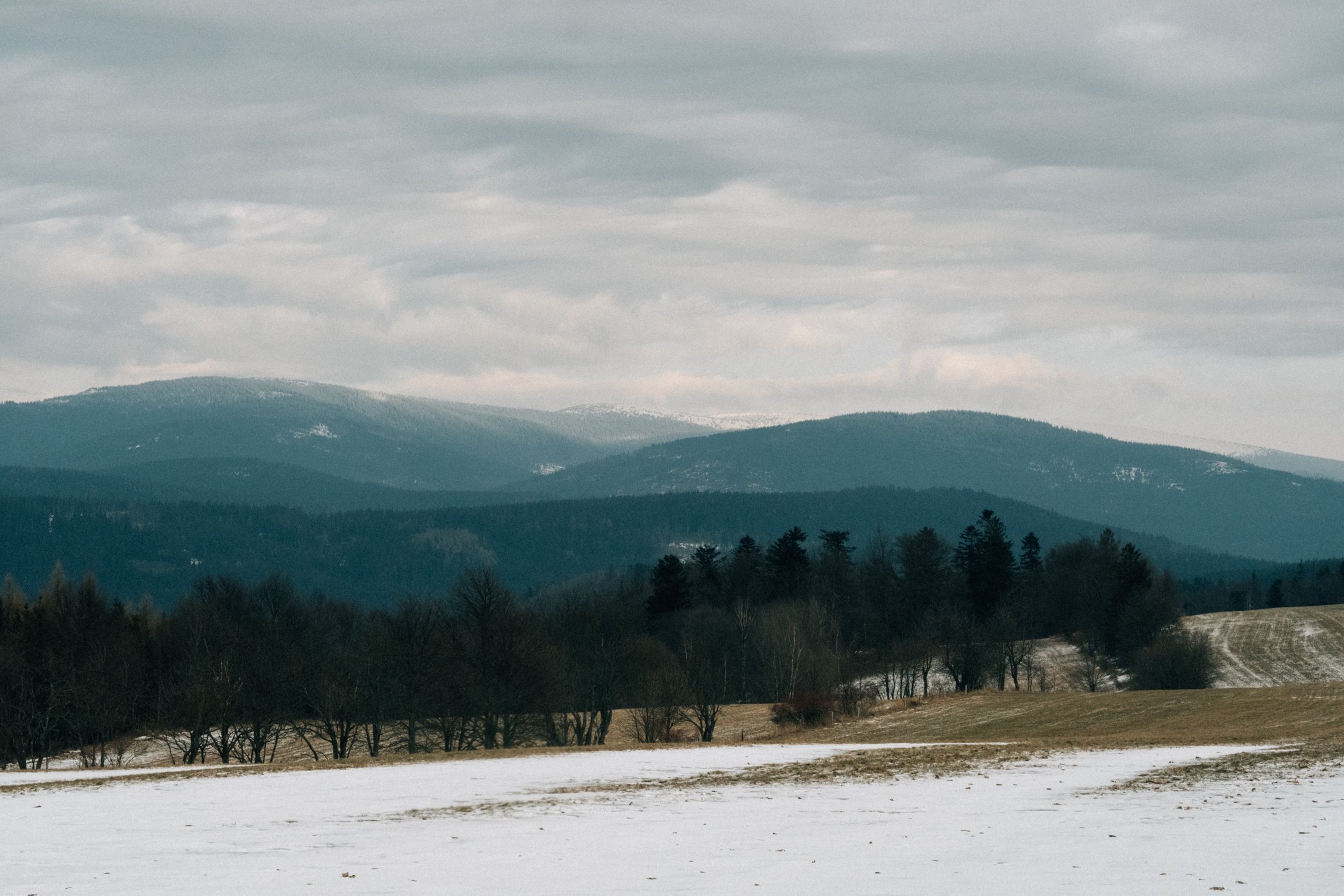every cause has its because
part one
Have you ever thought about the real meaning of the word wander? What does it mean to you without looking it up in the dictionary? Hearing it, the first thing that comes to my mind is mindlessly going out with no clear purpose. It sounds funny, right? No clear purpose.
But when I think about it—and I’ve realized this now, while I’m writing—it always has a purpose for me. There’s always a purpose to everything. Nothing happens just because; every cause has its because. You can even see it in the words. English is fun that way.
So, the problem is, I just can't simply turn off my mind and meditate. That’s a skill I don’t possess yet, and I consider it a superpower—something only Jedi knights can do. It can surely be taught, but I’m a bad student. My purpose—or my cause—to wander can be compared to some kind of meditation, even though I have no clue how to meditate. I couldn’t have thought of a better word, but when I reflect on it even more, it sounds more like a distraction than meditation.
I need to distract most of my senses to get into that zone. My eyes need to see vistas, trees, rock formations—nature, in general. My ears need to hear the wind, birds chirping away. My hands need to hold a camera—or the handlebars of a bike. All of them need to be at work for my mind to find rest. Only then does it happen: I am free from the burden of overthinking. It’s so refreshing. I always come back in a better state of mind than before.
Everything I’ve just written might sound silly to some, but that’s how my head works. Don’t laugh—I just figured this out by sitting at my desk and writing about it.
The word meditation—what does that mean to you, without the dictionary explanation? I imagine it as a state where all your senses are at ease. You shouldn’t do anything—no movement, no visuals, no smells, just nothing. Just you and this vast something I can’t explain. And then, your mind can do things you otherwise couldn’t.
It is interesting how you can find out things about yourself, things that are obvious but we don’t realize them until you try to write about them, try to photograph them, or read them in someone's blog post. That’s how I figured out a lot of things in recent times.
So the outcome of this: write about things you struggle or don’t have figured out yet. Maybe one day a solution will present itself and you’ll achieve what you’ve been struggling with. I am going to keep distracting myself with things I like to keep my mind calm and clear. I have no clue if this is the right approach, I guess it can be the next thing to write about and find out.
part two
So, we headed out for a short loop I spotted while staring at a map, wondering where we were going to explore today. I plan all our little adventures this way: I pick a section of the map where I haven’t been before, look for interesting rocks, a viewpoint, a road, or even a ghost town with abandoned buildings or remnants of something—and that’s where I want to go! These places are usually remote, which means fewer people. I try to find them before they disappear.
You never know what you’re going to get, and I love imagining how things looked before—when the trees weren’t there or were just saplings, when buildings stood tall, and when people lived their lives here. My imagination runs wild with things like that. It’s what keeps me exploring. Sometimes I think I’m crazy—but in a good way, of course.
This wander took us to two viewpoints: a big rock formation with amazing views and a smaller one tucked between trees, hidden off the gravel road. And finally, we reached the extinct settlement of Ferdinandov. Here’s what I found out about it:
Ferdinandov was founded in the mid-18th century on the Janovice estate by Count Ferdinand Bonaventura Harrach, who supported the textile industry. The village was home to weavers, spinners, and silver miners. At its peak, it had 12 houses, an inn, and a chapel. But due to its high altitude and brutal winters, it slowly faded away. After 1945, it was abandoned, and by 1965, it was officially gone.
The whole loop is about 6 km. So, if you’re in the area and need a distraction (or meditation), or if you’re just bored, need to walk your dog, or whatever—check this place out. It’ll do you good.










































